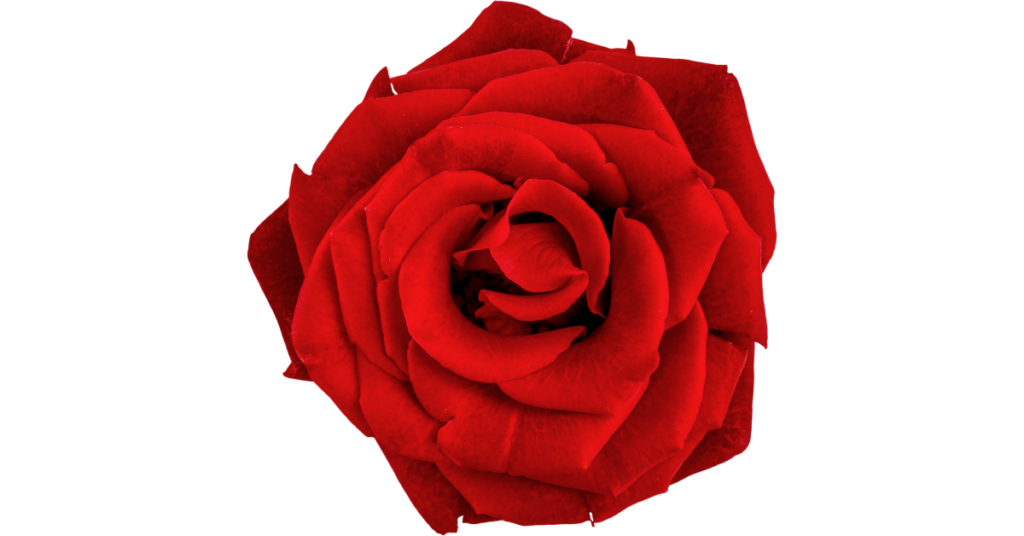Rose – Essential Oil
Rose (Rosa centifolia, Rosa damascena)
Have you ever wondered why we throw confetti at weddings. In times gone by, people used to throw rose petals – what a shame they have been replaced by bits of shredded paper.
Rose oil was used in alchemy, when alchemists tried to turn base metals into gold. It seemed only right and proper that they used the ‘queen of the flowers’ in their experiments. Apparently most alchemists never did end up with gold, but they produced essential oils and flower waters. Rose oil has such a strong affinity with the female / feminine that it is used in many disorders particular to women.
Uses include:
Female reproductive system
Sub-fertility in women
Anorexia
Low libido in women
Skin
Eyestrain
Cautions
Do not use on babies or children under the age of 5 years.
Female reproductive system
Rose oil has an affinity with the uterus.
Directions for use
Bath: Add up to 5 drops of pure essential oil to a bath of water, and lie back and relax.
Massage: Mix 20 ml of carrier oil (sweet almond, grape seed) to 10 drops of pure essential oil.
Infertility
Rose oil can regulate the menstrual cycle thereby making it easier to anticipate ovulation. It is also reported to increase the production of semen.
Directions for use
Bath: Add up to 5 drops of pure essential oil to a bath of water, and lie back and relax.
Massage: Mix 20 ml of carrier oil (sweet almond, grapeseed) to 10 drops of pure essential oil.
Anorexia
Rose oil works on related issues like desirability and sexuality.
Directions for use
Bath: Add up to 5 drops of pure essential oil to a bath of water, and lie back and relax.
Massage: Mix 20 ml of carrier oil (sweet almond, grapeseed) to 10 drops of pure essential oil.
Frigidity
Use rosa centifolia for this condition.
Directions for use
Bath: Add up to 5 drops of pure essential oil to a bath of water, and lie back and relax.
Massage: Mix 20 ml of carrier oil (sweet almond, grape seed) to 10 drops of pure essential oil.
Skin
Rose oil is soothing, antiseptic, and toning, especially for dry or sensitive skin. It has a toning effect on the capillaries and can therefore reduce the reddening of the face with use.
Directions for use
Compress: Add 1 to 2 drops of pure essential oil to 1 litre of warm water. Lay sterile material on the surface of the water thus attracting a film of oil onto the cloth. Apply the material onto the area and leave for 10 minutes. Repeat daily.
Facial Massage: Mix 1 drop of pure essential oil to 2 teaspoons of almond or grape seed oil, or any other carrier oil, and rub into face.
Inhalation: Boil 1 litre of water and pour into a bowl, add up to 10 drops of pure essential oil, place a towel over your head, and allow steam to rise onto face. Do not do if the skin is very sore as the steam may ‘burn’ already painful skin.
Eyestrain
Directions for use
Compress: Add 1 to 2 drops of pure essential oil to 1 litre of warm water. Lay sterile material on the surface of the water thus attracting a film of oil onto the cloth. Apply the material to closed eyelids, and lie back and relax. Be sure to keep cloth, water, and preparation area clean to avoid contamination of eye.
Further information
Where grown: Rosa centifolia comes from roses grown in Grasse (France), and Rosa damascena comes from roses grown in Bulgaria.
Parts used and method of extraction: The oil is extracted from the flowers by enfleurage or the solvent method. The former method is always the best. The price for rose oil is high because of the huge number of rose petals needed. Rose oil distilled with heat is called ‘phytol’, and without heat is called ‘otto’. If solvents are used it’s called “absolute”.
Colour and smell: Like roses, rich and heady. Centifolia is a greenish orange in colour, and damascena an orangey brown in colour.
Active ingredients: Rosa centifolia
18-22% citronella
10-15% made up of geraniol and nerol
8% stearopten
2% farnesol
63% plenyl ethanol
Active ingredients: Rosa damascena
35-55% citronella
30-40% made up of geraniol and nerol
16-22% stearopten
0.2-2% farnesol
1.5-2% plenyl ethanol
There are lots more other components, in fact more than 300 of them.
Properties: Cleansing, purifying, regulating, tonic of uterine muscle, aphrodisiac, sedative, bactericidal.
Mixes well with: Lavender, chamomile, or sandalwood.

